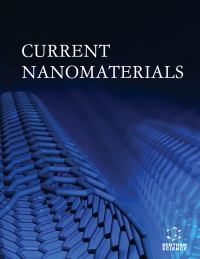
Full text loading...

In the era of automation, sustainable technologies employing eco-friendly materials and manufacturing techniques such as ‘Green nanobiosensors’ have taken centre stage, owing to their opulent portfolio encompassing renewable fabrication and design from biomaterials, biocompatibility, and ease of functionalization. Generally, sensors utilize nanomaterials sourced from renewable resources or with minimal environmental impact, such as cellulose nanocrystals, chitosan, and biopolymers, owing to their exceptional properties such as high surface area.
With the advent of environmentally conscious attributes in the cutting-edge nano biosensing technology, green nano-biosensors offer innovative avenues for sensitive and selective detection and monitoring of myriad analytes with minimal environmental repercussions. Further, such sensors operate at low energy levels, contributing to reduced energy consumption, and can be mass-produced with minimal environmental influence.
The present outlay of literature aims to decipher the utilization of eco-friendly materials and sustainable manufacturing techniques in creating nano-biosensors and subsequently promulgating their advantages in terms of energy efficiency, low environmental impact, and use of renewable resources. Furthermore, this study embellishes a comprehensive framework that delineates the diverse applications of these green nanobiosensors as eco-friendly technological solutions across diverse sectors primarily agriculture, environmental monitoring, and biomedicine, showcasing their potential to revolutionize these domains while minimizing environmental impact.

Article metrics loading...

Full text loading...
References


Data & Media loading...